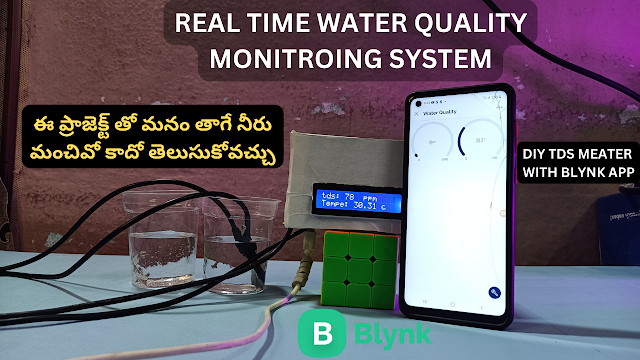Arduino is a versatile platform that can be used for a variety of purposes, including home automation. With Arduino, you can build devices that can control things like lights, fans, and temperature in your home. This can be a great way to make your home more comfortable and efficient.
One of the easiest ways to get started with Arduino home automation is to build a device that controls your lights. You can use an Arduino to control your lights using either switches . For switches, you can use a simple relay board to control your lights. This board can be controlled using your Arduino, and it will allow you to turn your lights on and off using simple commands.
Arduino Bluetooth home automation in Telugu video:
components :
- Arduino uno BuyNow
- HC-05 Bluetooth module BuyNow
- Relay module BuyNow
- Bread board BuyNow
- connecting wires BuyNow









0 Comments